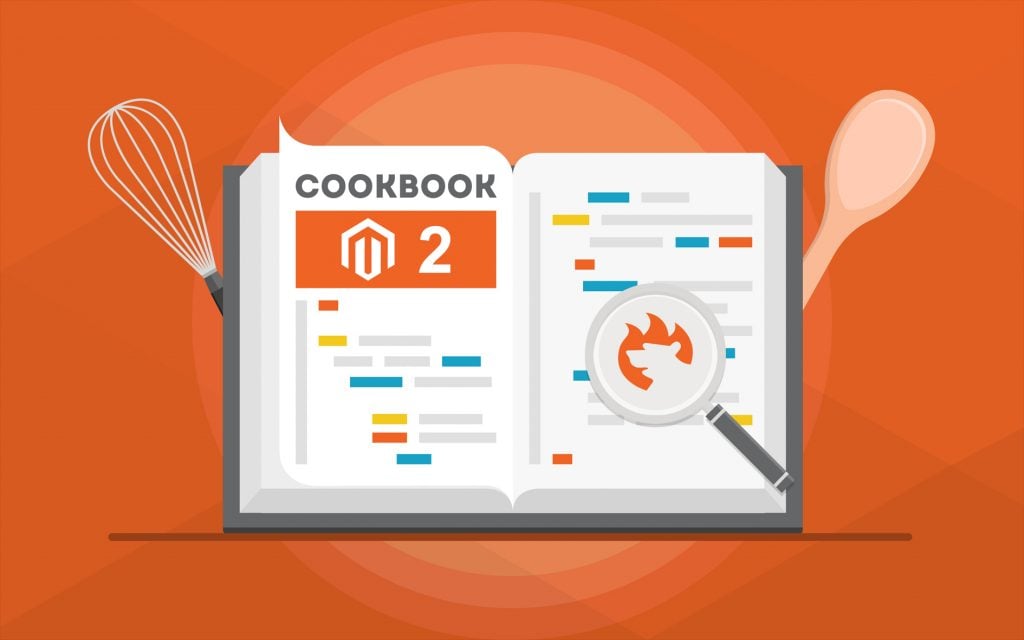How To Fix Invalid Option Value Magento 2 Import Error

Below, we explore another common problem that prevents Magento 2 import processes. No matter whether you’ve faced the Invalid Option Value Error or not, it may occur when you import a Magento 2 configurable product with many options. Below, we study two cases and provide several resolutions to the issue.
Firstly, we explain a situation when it is impossible to save changes in a configurable product due to its custom options.
Secondly, you will peruse a case when a user cannot import a configurable product from a CSV file.
After that, the article sheds light on a time-consuming resolution provided in a StackExchange discussion. Since we also know how to address the issue, you will find several tips on how to manage configurable products with numerous custom options. Besides, we describe an enhanced import procedure that incorporates the Improved Import & Export Magento 2 extension.
Continue Reading






